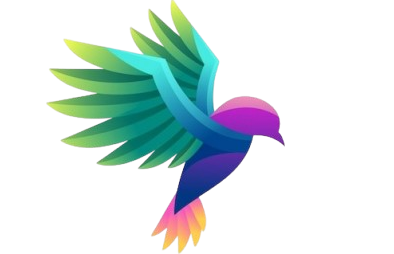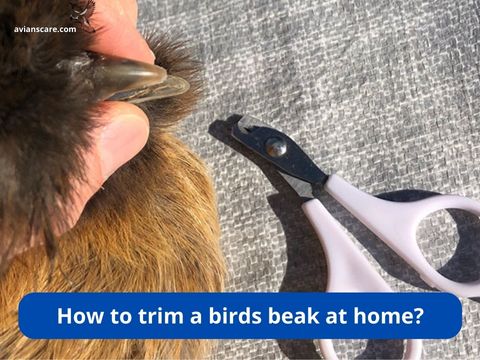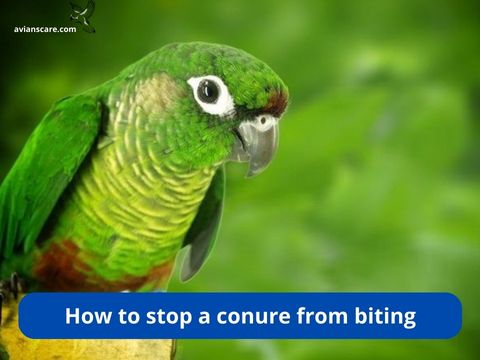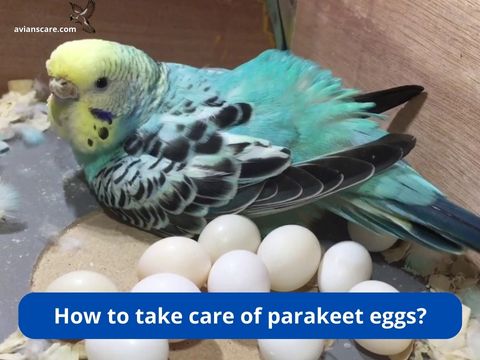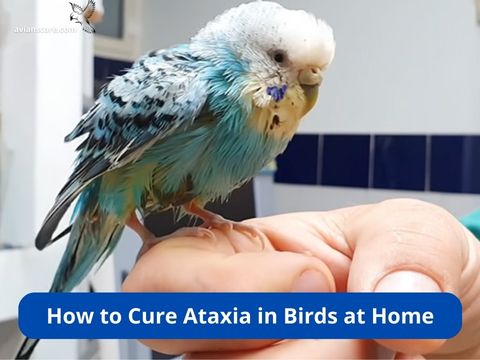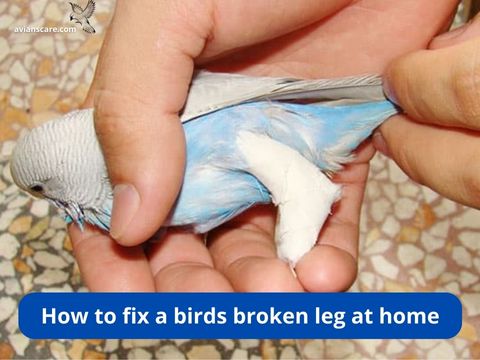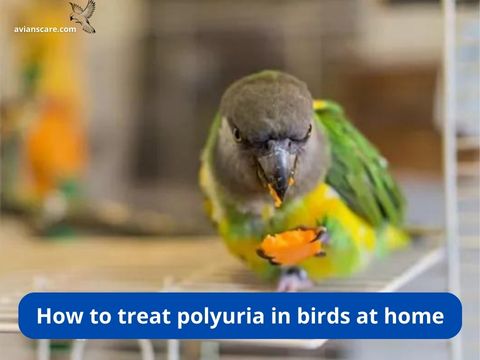How to trim a birds beak at home?
Keeping your bird’s beak in top condition is crucial for their overall health and well-being. In this comprehensive guide, we’ll walk you through the steps on how to trim a bird’s beak at home.
Understanding the Importance:
A bird’s beak is more than just a tool for eating. It’s vital for activities like preening, climbing, and exploring. Overgrown beaks can lead to various health issues, affecting your bird’s ability to eat and groom.
Step-by-Step Guide to Trim a Bird’s Beak at Home:
1. Gather Your Supplies:
Before you begin, ensure you have the necessary tools: a pair of small scissors or bird nail clippers, a styptic powder in case of bleeding, and a towel to wrap your bird gently.
2. Choose the Right Time:
Pick a time when your bird is calm and relaxed, usually after they have eaten or during their quiet hours. This will make the process less stressful for both you and your bird.
3. Secure Your Bird:
Wrap your bird gently in a towel, leaving only its head exposed. This will prevent sudden movements and make the process safer.
4. Identify the Beak’s Quick:
The quick is the sensitive, blood-filled part of the beak. Be cautious not to cut into this area, as it can cause pain and bleeding. Focus on trimming the pointed tip of the beak.
5. Trim Gradually:
Trim small portions at a time. This ensures you don’t accidentally cut too much. Take breaks between trims to check for any signs of stress in your bird.
6. Monitor for Bleeding:
If you accidentally cut into the quick, use styptic powder to stop the bleeding. Apply gentle pressure until the bleeding ceases.
FAQs:
Q: How often should I trim my bird’s beak?
A: The frequency depends on the bird’s species and individual growth rate. Check your bird’s beak regularly, and trim as needed.
Q: Can I use regular scissors for beak trimming?
A: It’s recommended to use specialized bird nail clippers to avoid injury and ensure a clean cut.
Q: What if my bird resists the trimming process?
A: Be patient. Gradually introduce your bird to the process, and offer treats as positive reinforcement.
Conclusion:
Regular beak maintenance is a vital aspect of responsible bird ownership. By following these steps, you can ensure your feathered friend’s beak remains in optimal condition. If you ever feel unsure, consult with a vet or a professional bird groomer for guidance.
